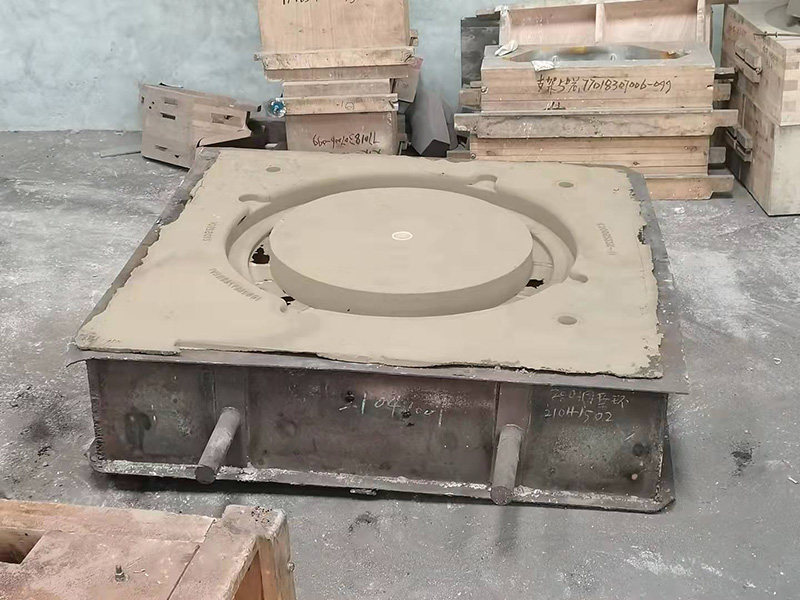

Compatibility with different metal alloys is another consideration. While resin coated sand is commonly used with ferrous metals such as iron and steel, it also finds applications in non-ferrous foundries for casting aluminum, magnesium, and copper alloys. The sand must be chemically inert to avoid reactions that could compromise the integrity of the casting. From a practical standpoint, one of the critical experiences shared by operators is the importance of moisture control. Despite the resin coating, silica sand can absorb moisture over time, which can lead to defects like gas porosity. Ensuring the sand is stored in a dry environment, and using drying techniques prior to use is recommended to maintain its integrity. Trust in a resin coated sand supplier is built on their capacity to provide consistent quality and technical support. Reliable suppliers offer detailed technical sheets and comprehensive testing data, ensuring their product meets specified compressive strength, thermal expansion, and binder distribution targets. In summary, resin coated sand specifications encompass grain size, resin type and content, thermal performance, and compatibility with metal alloys. By selecting the appropriate specifications tailored to specific casting requirements, foundries can enhance product quality, reduce defect rates, and optimize production efficiency. The technical insights shared by industry professionals underscore the importance of expertise and authority in selecting and using resin coated sand effectively. As technology advances and environmental considerations become increasingly critical, foundries must remain agile and informed to maintain their competitive edge in a rapidly evolving industry landscape. Post time:පෙබ. . 11, 2025 22:29
Next:resin coated sand manufacturing process
